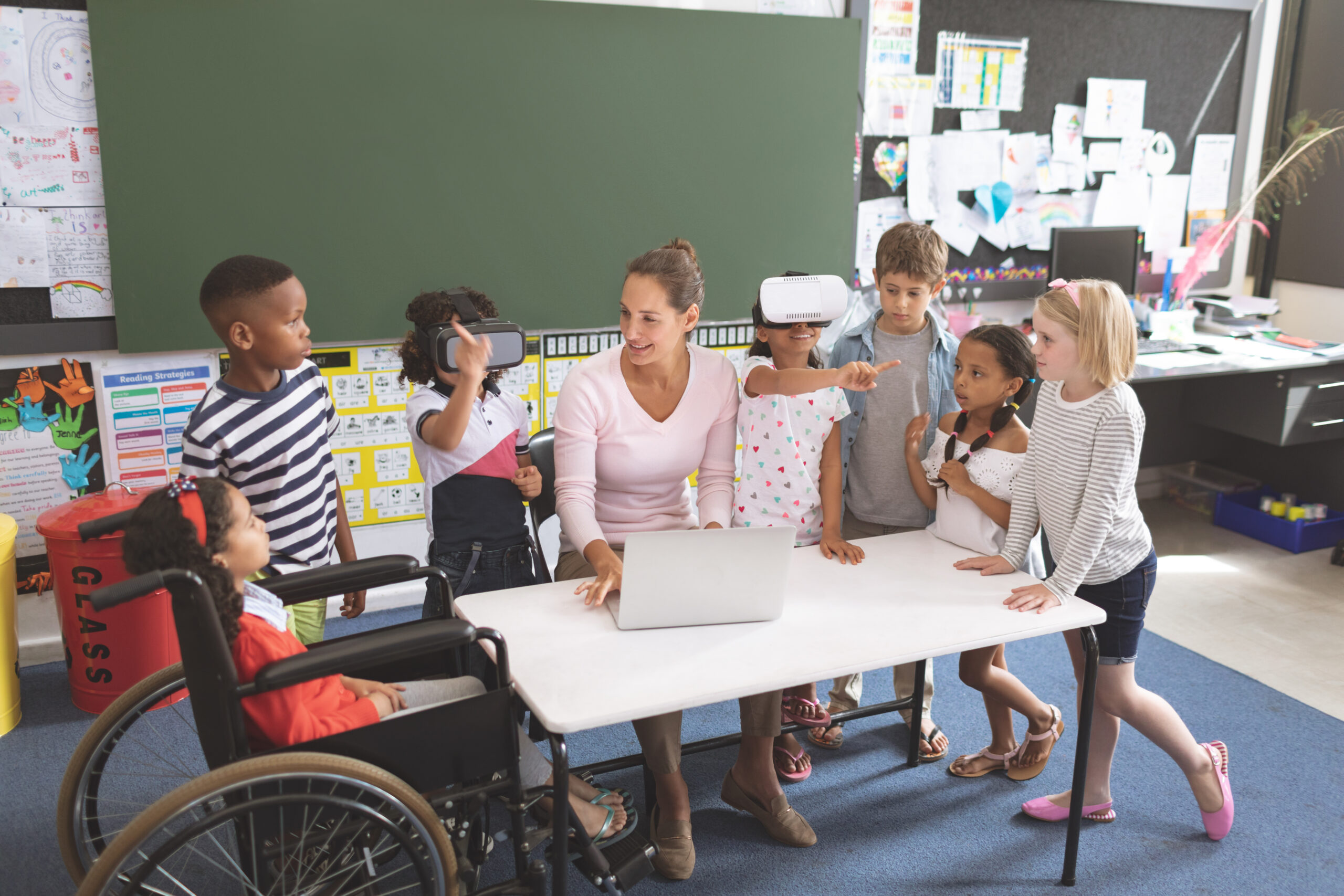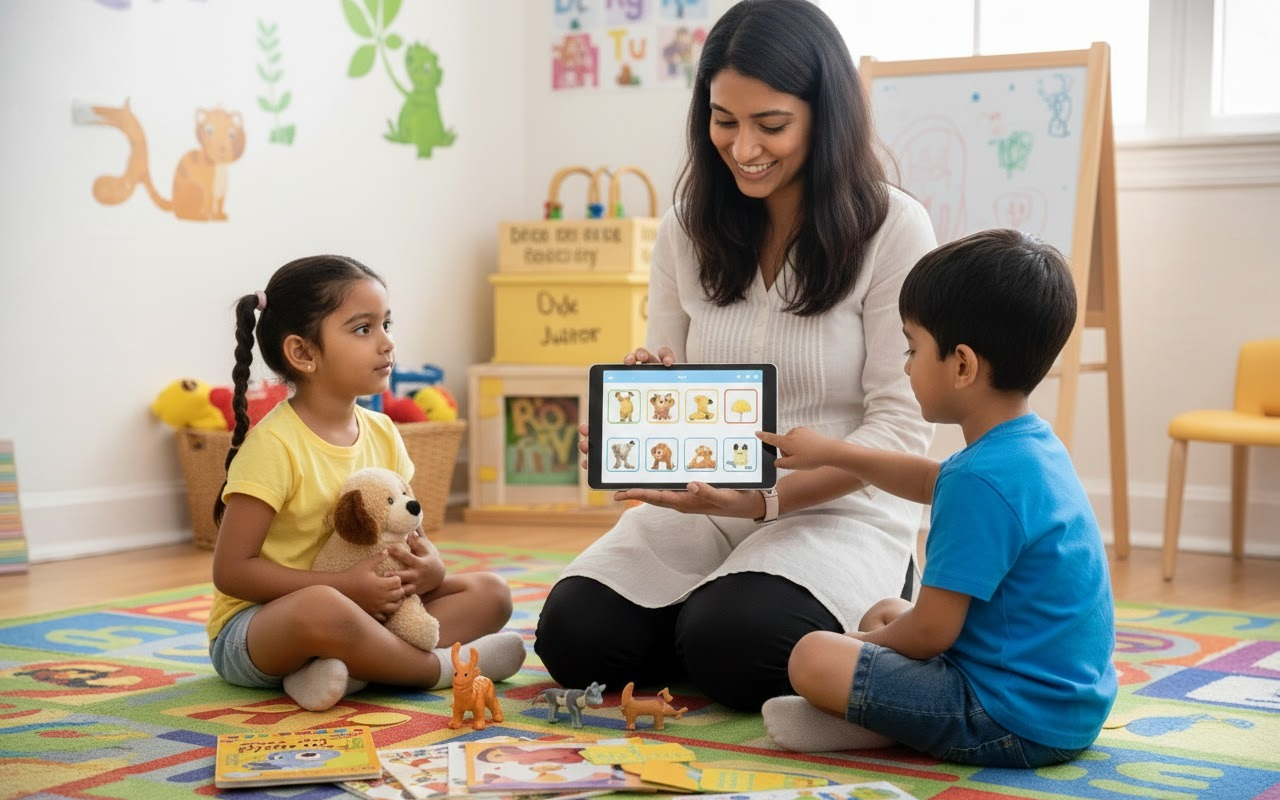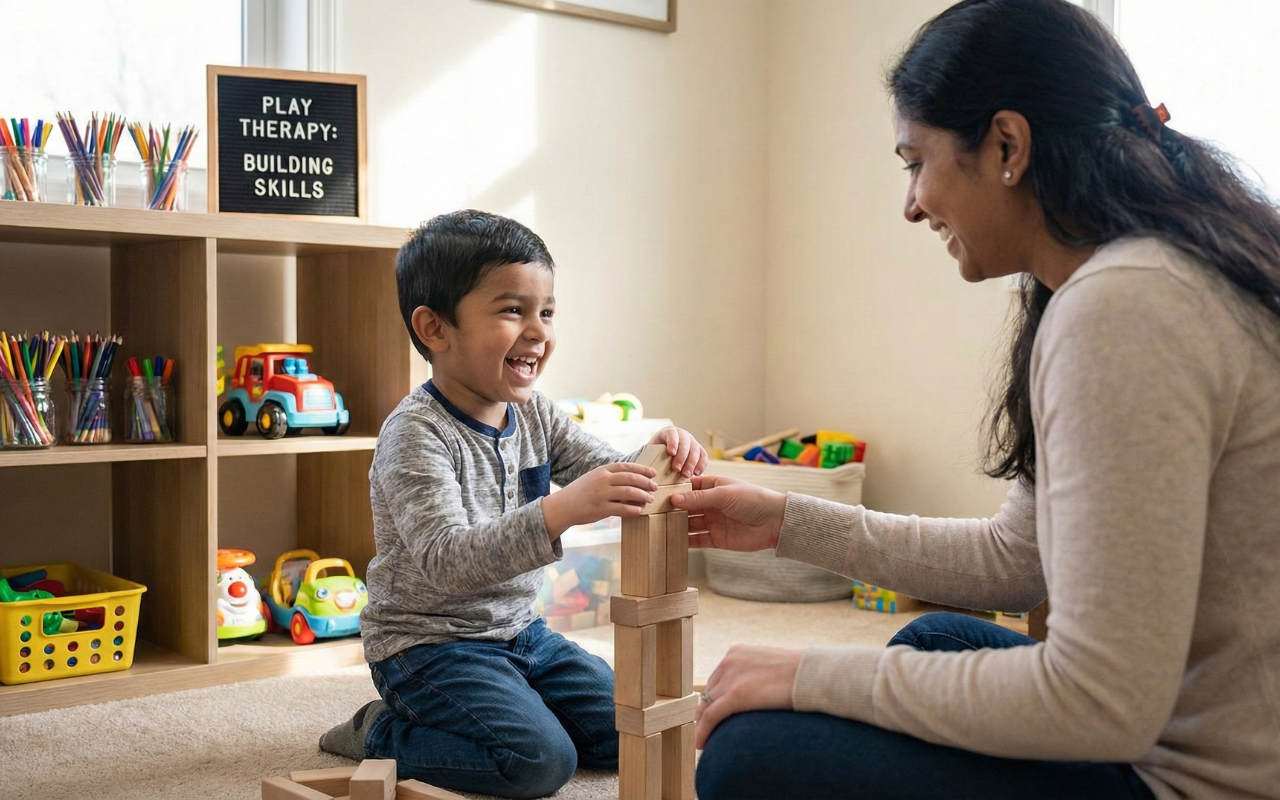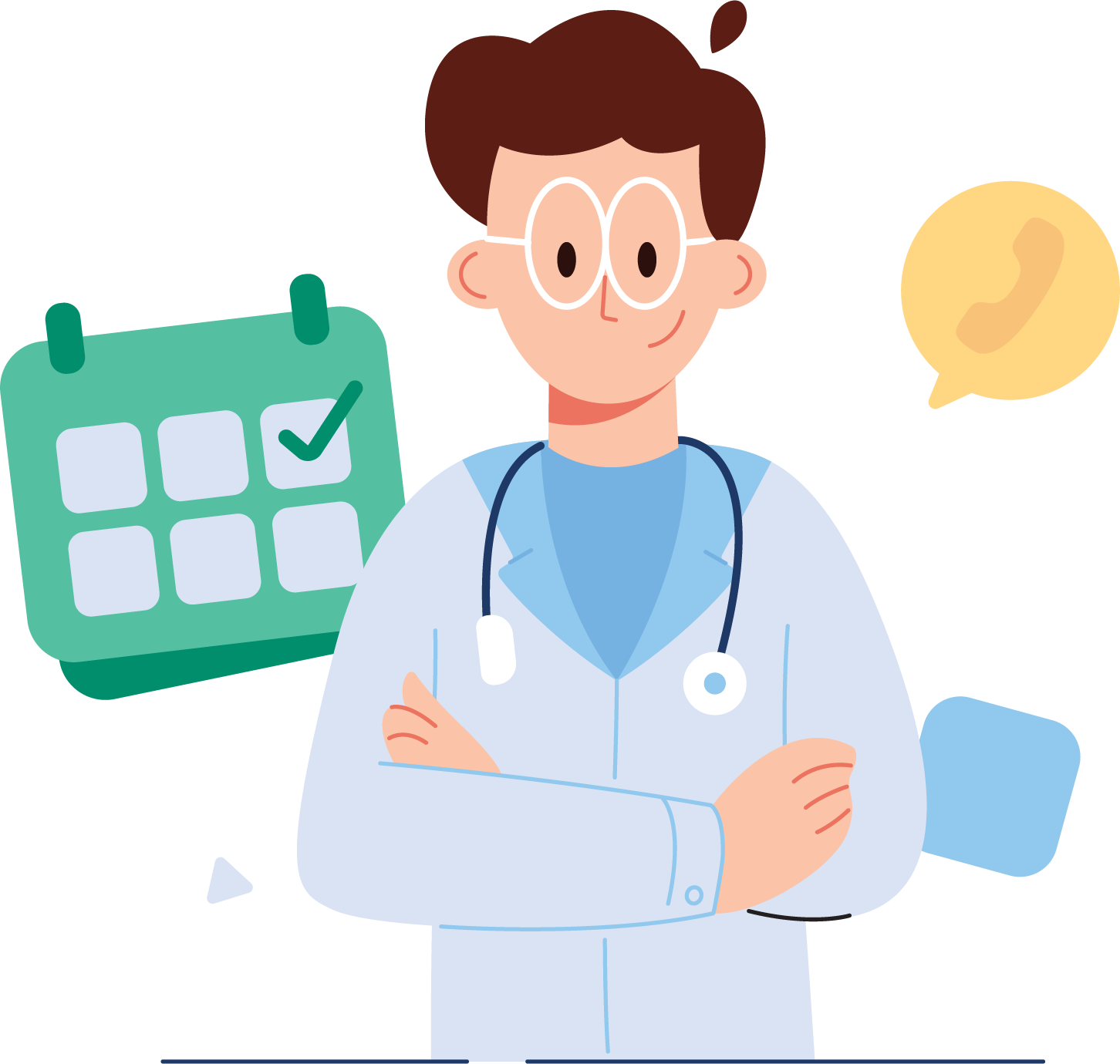Not every child learns in the same way, and sometimes, when a child struggles with reading, writing, or understanding lessons, it’s easy to misunderstand these challenges as laziness or lack of effort. But for many children, these struggles point to something deeper Learning Disabilities.
Dr. Purva Shah, Pediatric Neurologist at Samvedan, explains, “The most important thing parents can do is recognize the signs early and seek professional help. The earlier we act, the better the outcomes for the child’s confidence and learning journey.”
What Exactly Are Learning Disabilities?
Learning Disabilities are neurological differences that impact how a child’s brain processes information. These difficulties are specific and affect areas like reading (dyslexia), writing (dysgraphia), mathematics (dyscalculia), or attention and memory.
It’s important to clarify that a Learning Disability in Children has no connection to intelligence. In fact, many children with these challenges are bright and curious but struggle with the way information is traditionally taught in schools.
When detected early, these children can learn to adapt and succeed through strategies designed for their learning styles.
Common Causes of Learning Disabilities
Parents often wonder why learning challenges occur. According to Dr. Purva Shah, Causes of Learning Disabilities are multifactorial and could include:
-
Genetics: A family history of Learning Disabilities may increase a child’s likelihood of facing similar challenges.
-
Neurological differences: Minor variations in brain development may impact processing speed, memory, or language skills.
-
Birth complications: Premature birth, low birth weight, or oxygen deprivation at birth may increase the risk.
-
Environmental factors: Poor nutrition during pregnancy, toxin exposure, or early childhood trauma can contribute to learning difficulties.
While these factors play a role, it is critical to remember that no single cause defines a child’s potential. What matters is how we support their growth.
How to Recognize the Early Signs of Learning Disabilities
Early identification often makes the greatest difference. Parents, teachers, and caregivers should be aware of Early Signs of Learning Disabilities so intervention can begin as soon as possible.
In Preschoolers:
-
Delay in speaking or difficulty learning new words
-
Trouble recognizing letters, numbers, or shapes
-
Difficulty following simple instructions
In Primary School Children:
-
Reversing letters or numbers when reading or writing
-
Difficulty learning to read despite consistent practice
-
Poor spelling and handwriting
-
Trouble understanding time concepts or sequences
-
Frequent frustration during homework
In Adolescents:
-
Struggles with organization and planning
-
Avoidance of reading-intensive subjects
-
Difficulty summarizing lessons or remembering facts
-
Low self-esteem related to school performance
These Symptoms of Learning Disabilities may present subtly at first but should not be ignored if they persist.
Common Symptoms of Learning Disabilities
Beyond academics, Symptoms of Learning Disabilities often include emotional or behavioral signs, such as:
-
Frustration or anxiety about schoolwork
-
Frequent complaints of headaches or stomachaches before school
-
Avoidance of reading, writing, or math-related tasks
-
Difficulty making friends due to trouble understanding social cues
As Dr. Purva Shah explains, “When children feel they’re constantly failing, they may develop emotional stress. Supporting both learning and emotional health is essential.”
How Samvedan Diagnoses Learning Challenges
At Samvedan, diagnosis involves a collaborative, comprehensive approach. Children suspected of having a Learning Disability in Children undergo:
-
Neurological evaluations to rule out other medical concerns
-
Speech and occupational therapy screenings if communication or motor delays are suspected
-
Classroom observations and parental interviews to gather a full picture of the child’s daily challenges
This holistic evaluation ensures that no aspect of the child’s development is overlooked.
Effective Treatment for Learning Disabilities
Once diagnosed, the next step is intervention. The Treatment for Learning Disabilities at Samvedan focuses on building skills, confidence, and coping strategies:
-
Customized educational plans that adapt teaching methods to the child’s learning style
-
Speech therapy for language difficulties and occupational therapy for motor skills
-
Counseling to boost self-esteem and address emotional struggles
-
Parent coaching, helping families create supportive home learning environments
Dr. Purva Shah believes in empowering children rather than labeling them. With the right strategies, these children can overcome challenges and reach their potential.
Practical Parenting Tips to Support Children with Learning Disabilities
Parenting a child with a Learning Disability in Children can feel overwhelming, but small steps make a big difference.
-
Trust your instincts. If something feels off, seek help early rather than waiting for problems to escalate.
-
Work closely with your child’s teachers and therapists to create consistent support across home and school.
-
Break big tasks into smaller steps and celebrate every success.
-
Encourage your child’s hobbies and talents, whether it’s art, sports, or music.
-
Avoid comparing your child to siblings or classmates. Every child’s journey is unique.
Patience, empathy, and understanding go a long way in helping children build confidence and resilience.
Why Early Identification is Life-Changing
Delaying action can lead to greater academic gaps and emotional distress. Samvedan’s early intervention programs, led by Dr. Purva Shah, aim to equip both the child and the family with practical solutions that last a lifetime.







